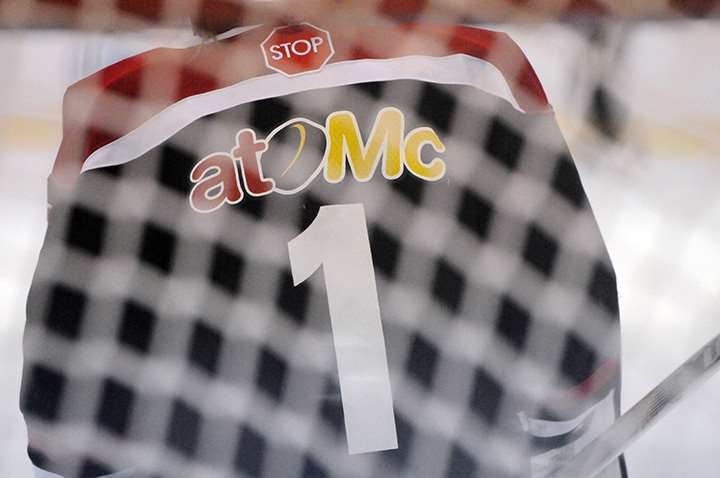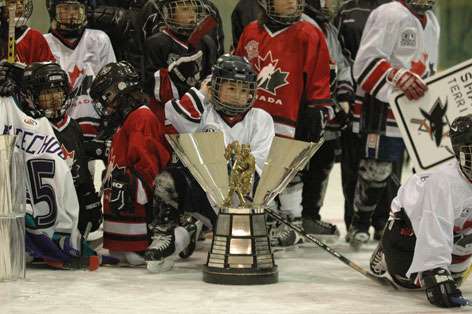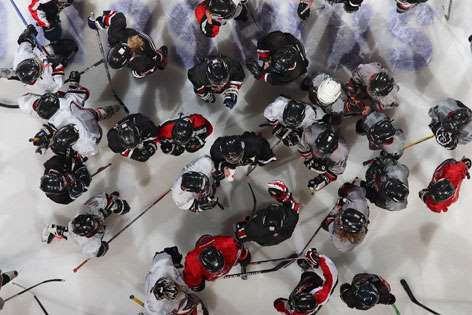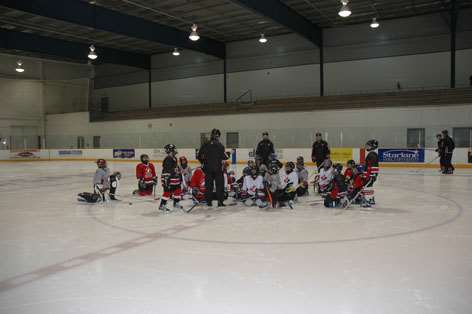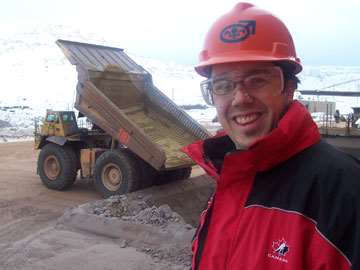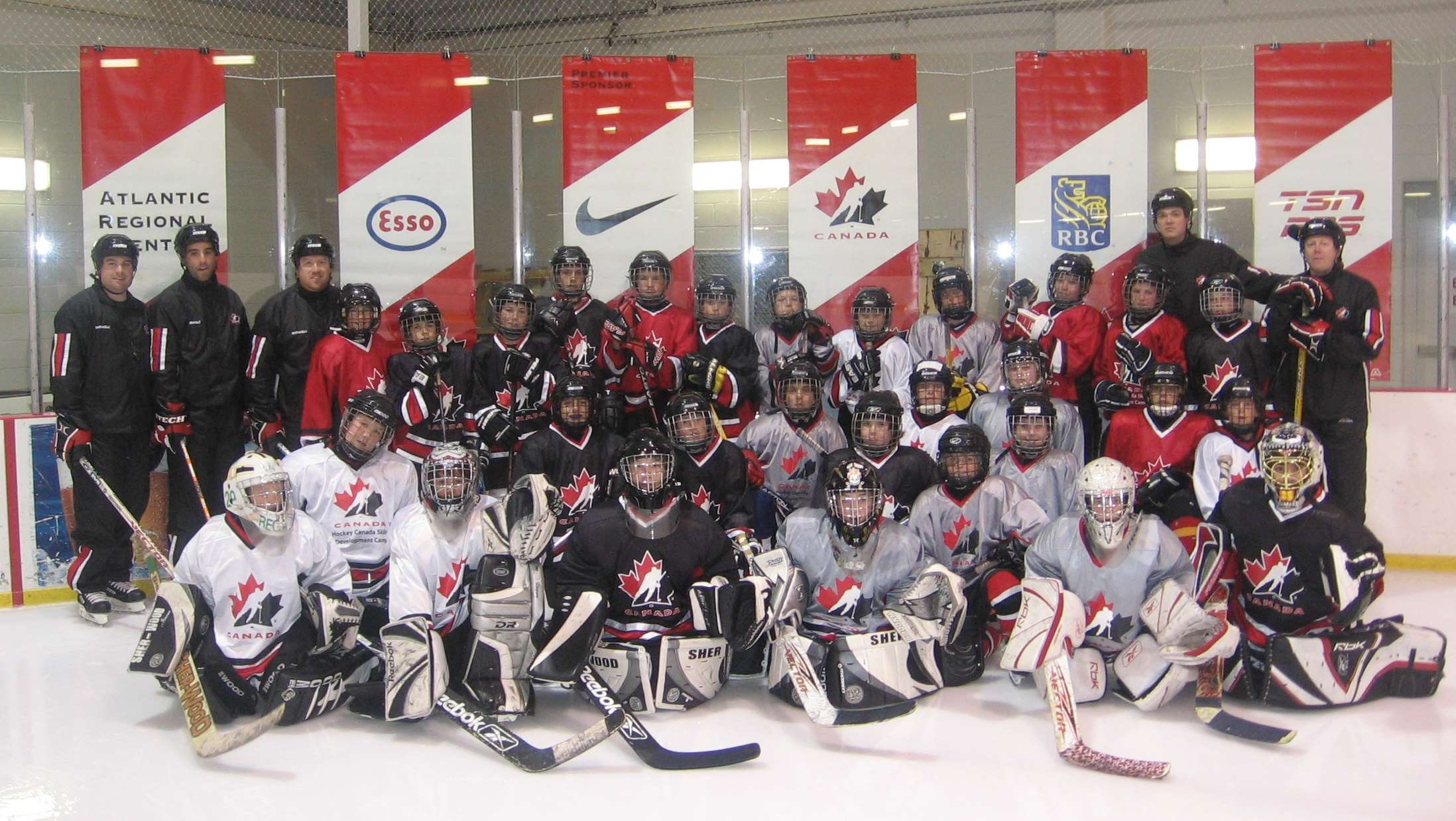Skill Development | Small-Area Games
Skill Stations and Age Appropriate Programming
What are small area games?
Small-area games are competitive hockey drills done in a smaller-than-normal playing area. This can be cross-ice, neutral zone, corners or something else, depending what coaches are trying to teach. There are no limitations on how to use the ice.
Smaller groups of players participate with a higher and more-consistent intensity, including lots of puck touches. Small-area games are designed to teach players through the simulation of game situations.
Decrease the space, increase the pace!
What is age-appropriate skills programming?
Designing practices and game play appropriate to the age, size and skill of the participant.
FUNdamental hockey skills are more easily introduced to players, especially in young players, through small-area games and skill stations using smaller spaces. Closer proximity between coaches and players creates an opportunity to better communicate and demonstrate a drill's objectives.
For younger players, playing age-appropriate games on smaller surfaces (cross-ice for Timbits U7 and half-ice for U9) is beneficial. Scaling the playing surface to the size and speed of young players increases skill development and enjoyment of the game by increasing puck touches, shots per player, shots on goal, completed passes and time on ice.
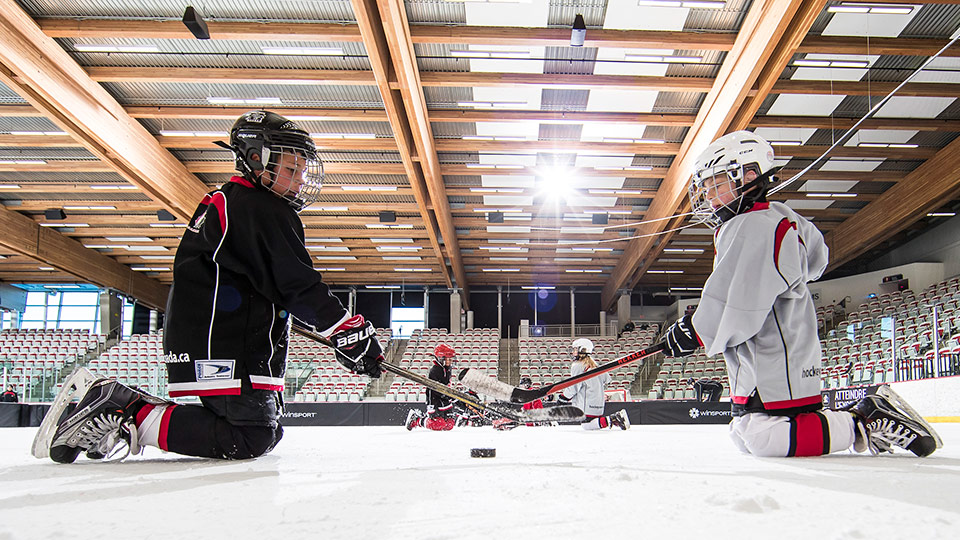
Age-appropriate cross-ice and half-ice modified games
Allow more players to play at the same time:
- Single game on a regulation surface: 10 skaters, two goaltenders
- Two half-ice 4-on-4 games (recommended for U9): 16 skaters, four goaltenders
- Three cross-ice 4-on-4 games (recommended for Timbits U7): 24 skaters, six goaltenders
Increase player engagement:
- Puck touches per player: 2x greater
- Shots per player: 6x greater
- Shot on goal per minute: 2.75x greater
- Pass receptions: 5x greater
- Pass attempts: 2x greater
- Puck battles: 2x greater
Acceleration increased by 10%
Skating acceleration speeds increased as the ice surface size was reduced. Average speeds were 10% faster in cross-ice hockey compared to full-ice hockey.
Top speed reached in 65 feet
The average distance players needed to reach top speed was 65 feet. Advanced skaters reached top speed in 60 feet or less. The cross-ice playing surface is 85 feet in length, meaning players can and do reach top speed in cross-ice hockey.
What does it mean?
Effective skating, especially at higher levels, is a combination of turns, pivots, starts and transitions. It’s said that the NHL’s No. 1 skill isn’t top speed, it’s the ability to change speeds and accelerate quickly. Cross-ice hockey trains players to skate the game, rather than simply skate fast in straight lines. It provides more acceleration, more agility and more engagement. It also doubles players’ puck-handling opportunities
More skill development downloads
- <
- >
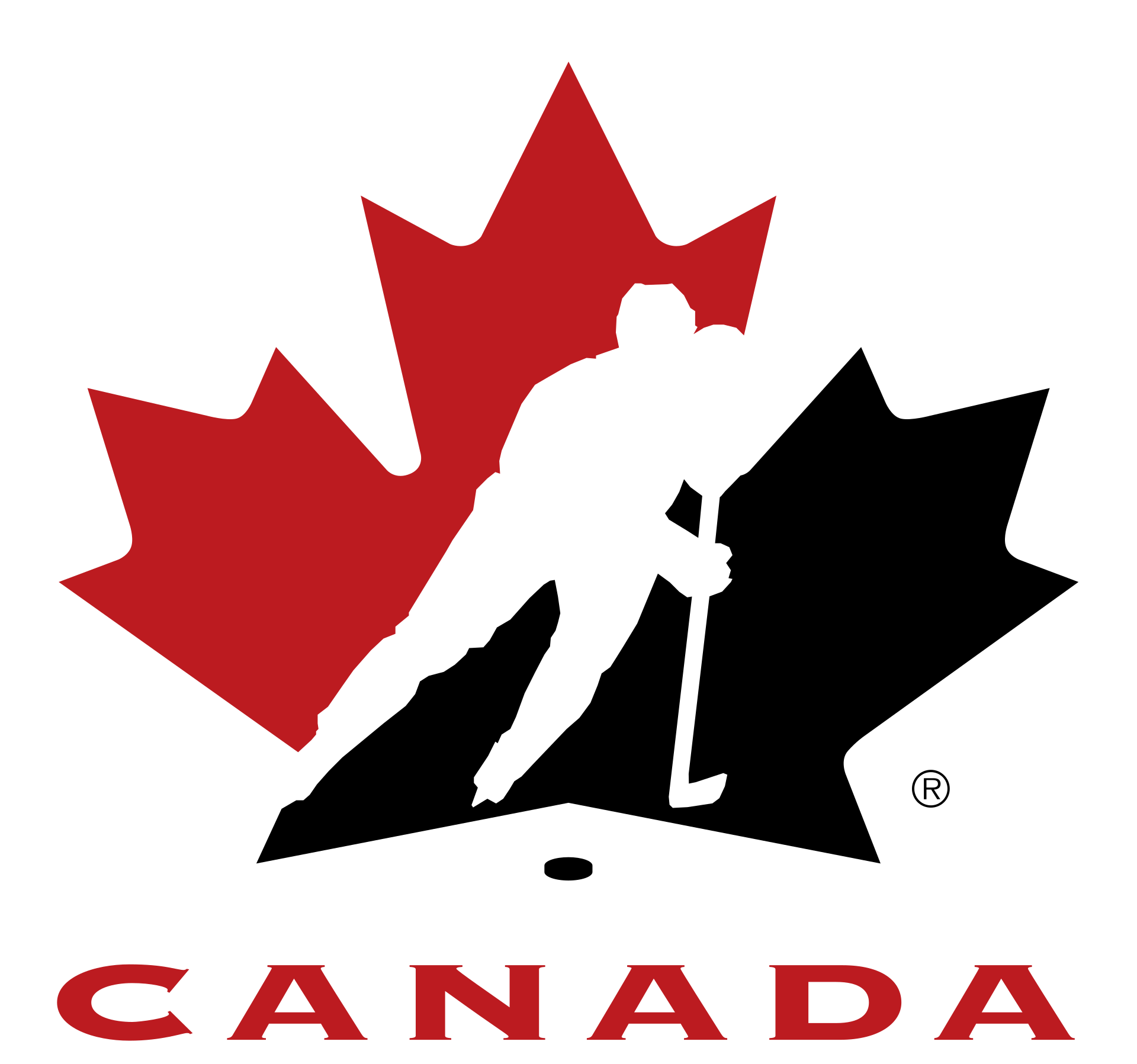

 HOCKEY CANADA
HOCKEY CANADA

